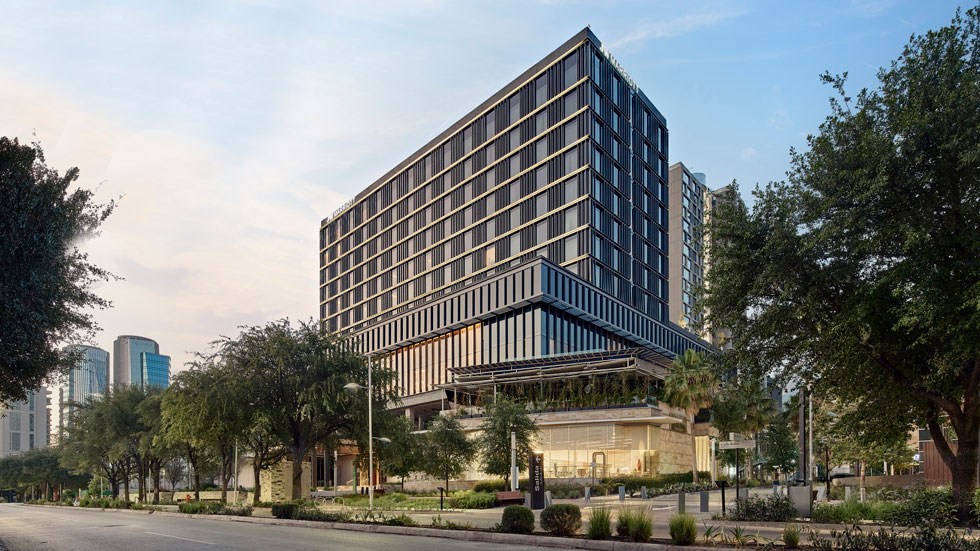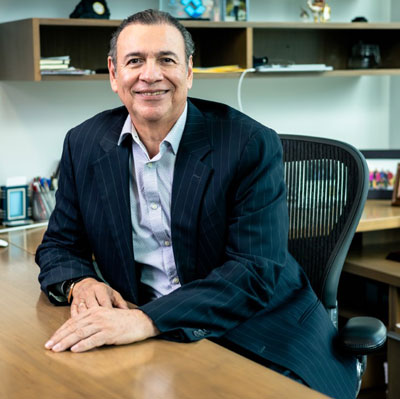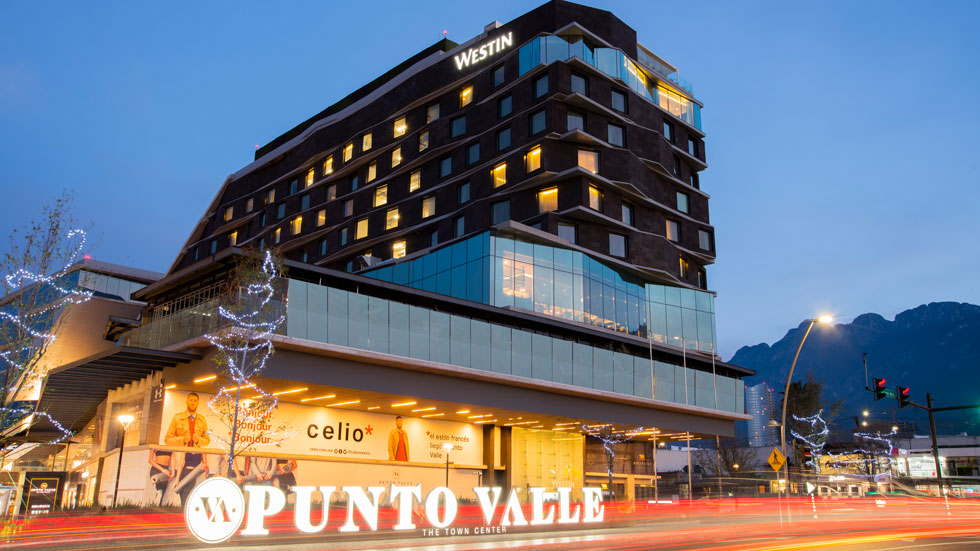A decade after going public with a strategy focused exclusively on the mid-market business travel segment, Fibra Inn (BMV: FINN13) is broadening its strategic scope as it looks to future growth opportunities in the full service and luxury sector for both business and leisure travelers.
The Monterrey, Mexico-based REIT formed in March 2013 primarily to acquire and develop hotel properties with competitive rates in markets mainly driven by industrial and corporate activity, located near industrial parks, airports, office complexes, and business centers.
Today, Fibra Inn’s portfolio is highly diversified, with properties that are strategically located throughout Mexico, and partnerships are in place with international operators such as InterContinental Hotel Group, Wyndham Hotel Group, Hilton, Starwood Hotels & Resorts, and Marriott International.
Oscar Calvillo, Fibra Inn’s CEO, says the FIBRA’s internal management structure, with a majority board of independent directors, “allows us to go after any property of any size.”
In the Beginning
Legislation to form FIBRAs, or Mexican REITs, was introduced in 2010, with the first FIBRAs entering the market in 2011. Today, there are 15 FIBRAs in Mexico across a range of property sectors.
Calvillo explains that Fibra Inn’s predecessor was part of a joint venture with a private equity fund and was looking for an exit. At the same time, it was intrigued by the hotel FIBRA space. “What we had done previously was develop; we never made any acquisitions,” Calvillo says. “In the 1990s, we were doing only select service hotels, and you get addicted, because those are so easy to manage and so profitable when you don’t have any competition.”
Early on, it became clear that acquisitions rather than development was the way to success.
So, although that growth model wasn’t in the company’s DNA, it gradually made the switch, starting with purchasing hotels aimed at the business traveler.
“The capital structure allowed us to have control if we remained with no less than 11% ownership. Therefore, to go with large hotels, like resorts, was out of the question,” Calvillo says. “That would have put us below that threshold, and we would have lost the control rights we had.”
For Fibra Inn, when a property came along with a 9% or 10% cap rate anywhere in the country, it considered acquiring it—there was no asset strategy at the time. That changed when
Calvillo became CEO of Fibra Inn in 2015, armed with a strategic plan to reshape the direction of the company, how it was going to achieve that, and how it would become more profitable.
“I hired Green Street and they made us do a lot of reflection,” Calvillo says. “I also came to the realization that the cap rate was quite different between a luxury, full service, select service, and budget hotel. You don’t measure them the same way and to be more successful, we needed to come up with a better strategy.”
Calvillo decided to focus on those hotels that are more complicated to manage and have high barriers to entry, namely full service and luxury hotels.
Birth of the Hotel Factory Model
Recently, Fibra Inn has moved to deepen and sharpen that focus. Calvillo says the company has identified significant opportunities in cities with strong demand for luxury service hotels aimed at the executive business traveler, or the leisure traveler looking for locations in Mexico’s most in-demand vacation destinations. In response, the FIBRA has opted to enter this sector via what it refers to as its “Hotel Factory” model.
Under the Hotel Factory model, properties will be developed through the joint investment of Fibra Inn and other strategic partners. Once the hotel is developed, generating revenue, and stabilized, Fibra Inn will acquire the interests of those third parties in order to incorporate the asset into its portfolio.
As of March, Fibra Inn has 33 properties operating within its portfolio, with 95% oriented to business travel. Currently, the focus is to go into leisure properties in three main areas— Riviera Maya in Cancun, Riviera Nayarit in Puerto Vallarta, and Los Cabos.
“We’re looking to balance our portfolio; we want to have business hotels and leisure hotels,” Calvillo says. “We’ve done a lot of research, so we are quite prepared to go into the leisure market as asset managers. We know the concepts, the brands, and the country extremely well.” Eventually, once Fibra Inn establishes a strong footprint in these areas, it will look to secondary leisure markets, he adds.
Shift Since the Pandemic
In Monterrey, Fibra Inn owns six hotels but only two of those came after the strategy change into luxury hotels—the 250-key JW Marriot Monterrey Valley, which it developed in May 2021, and the 174-key Westin Monterrey Valle, which it acquired in 2020.
“These changed the company completely and showed our capability with our new strategy,” Calvillo says. “JW Marriot is one of the nicest non-resort hotels in Mexico, including the luxury hotels in Mexico City. This is at the same level as a Ritz Carlton, St. Regis, or Four Seasons in that city.”
Although some other deals were in the early stages prior to March 2020, once the pandemic hit, they didn’t come to fruition. “The pandemic almost killed us. We had an 85% decrease in revenue and had to close most of our hotels,” Calvillo says. “The good thing is, we had a sound financial strategy in which we didn’t have any loans maturing until 2028.”
The FIBRA was also fortunate to have sold two properties just prior to the pandemic, so it had liquidity available. Furthermore, demand remained steady for those mid-level hotels located in secondary manufacturing markets which stayed open because people still needed to visit local factories.
A Winning Strategy
Fibra Inn is optimistic that its new strategy will succeed and ultimately find favor with its shareholders. “Hopefully we can achieve our goals of going into the leisure market in a very cautious way and do really good due diligence for our purchases and have an approach that works,” Calvillo says. “The market opportunity is definitely there.”
Martín Lara, a partner at Miranda Global Research, has been impressed with the company’s strategy focusing on high-end properties and divesting from less profitable hotels.
“We expect Fibra Inn to continue benefitting from record levels of tourism in various regions of Mexico and the nearshoring effect in the northern part of the country and in the Bajio region,” Lara says. “Investors are attracted to Fibra Inn mainly because of its strategy of focusing on high-end properties, its attractive portfolio, management team, healthy balance sheet, dividends, and low valuation of its certificates (shares),” he adds.
In late 2022, a group of investors purchased a stake in Fibra Inn with the option of increasing their share to up to 30%.“This is the result of all the efforts that the management has taken in the past few years, creating a FIBRA that is shareholder friendly with good practices in corporate governance that attract new investors,” Calvillo says.
As Fibra Inn looks to the future, Calvillo says the company has a strong team in place to analyze the opportunities put in front of it. “We have all the ingredients to be successful going forward.”


